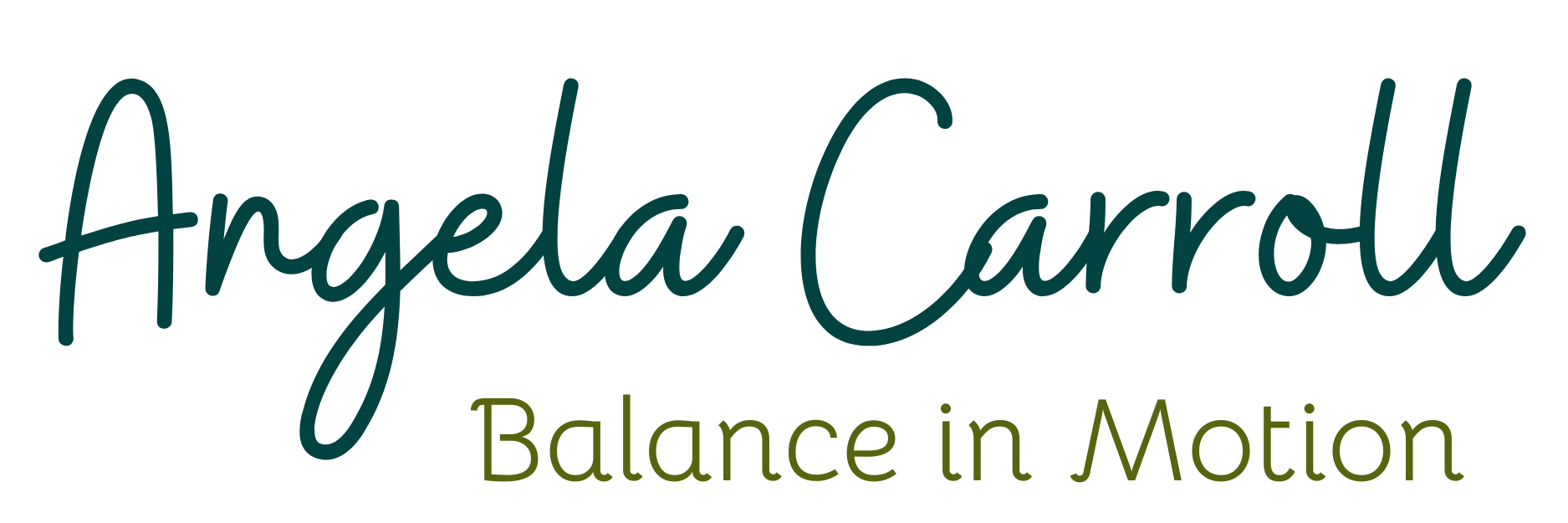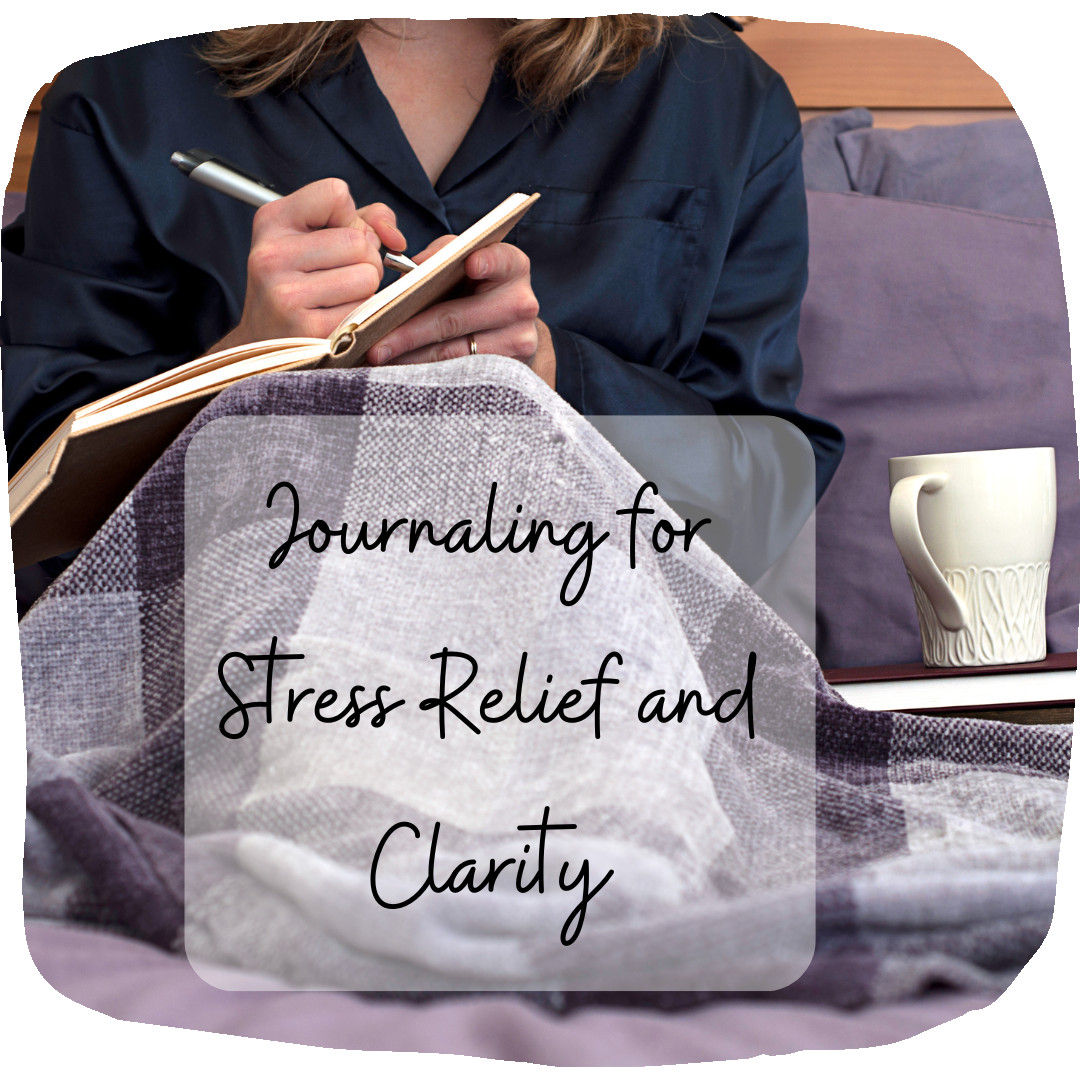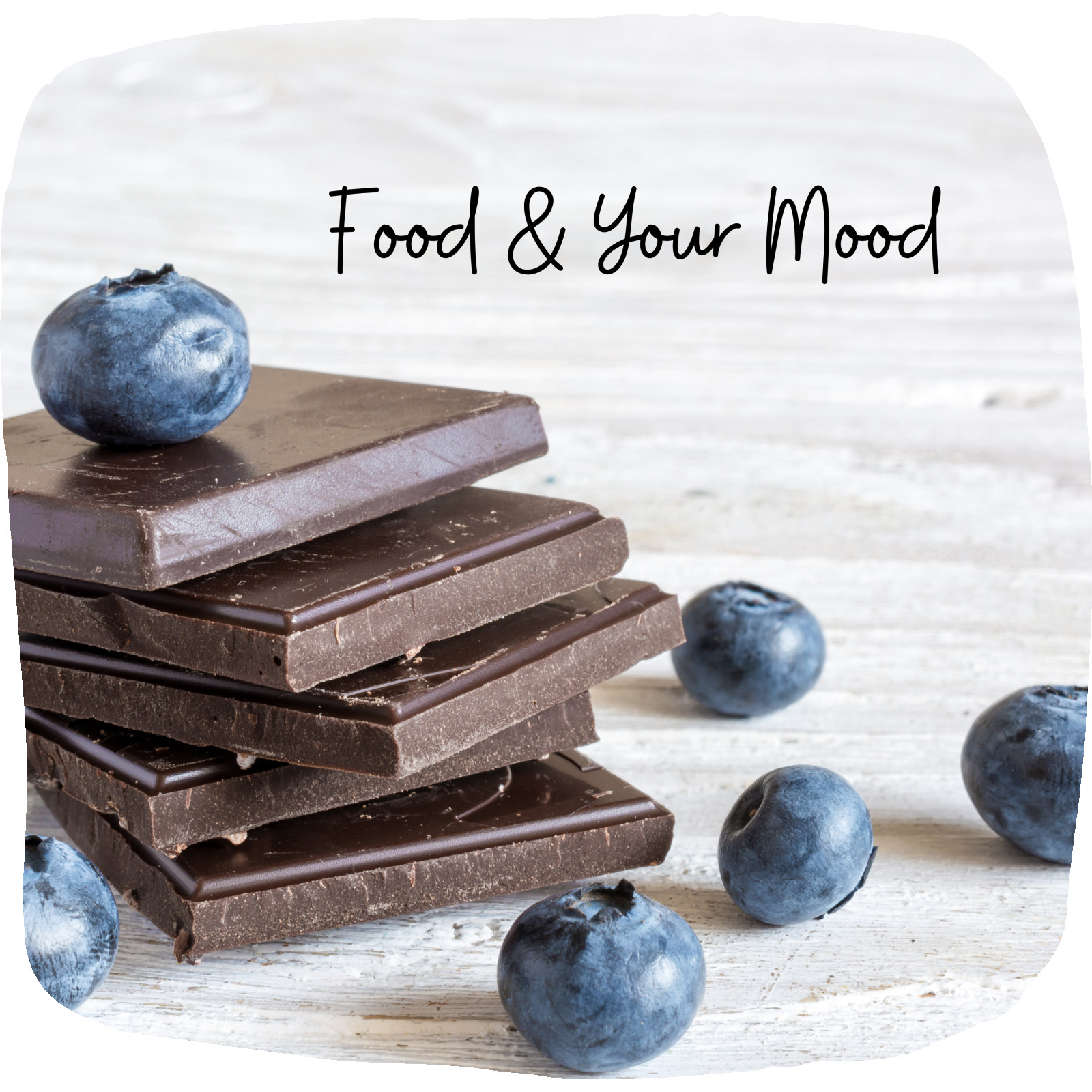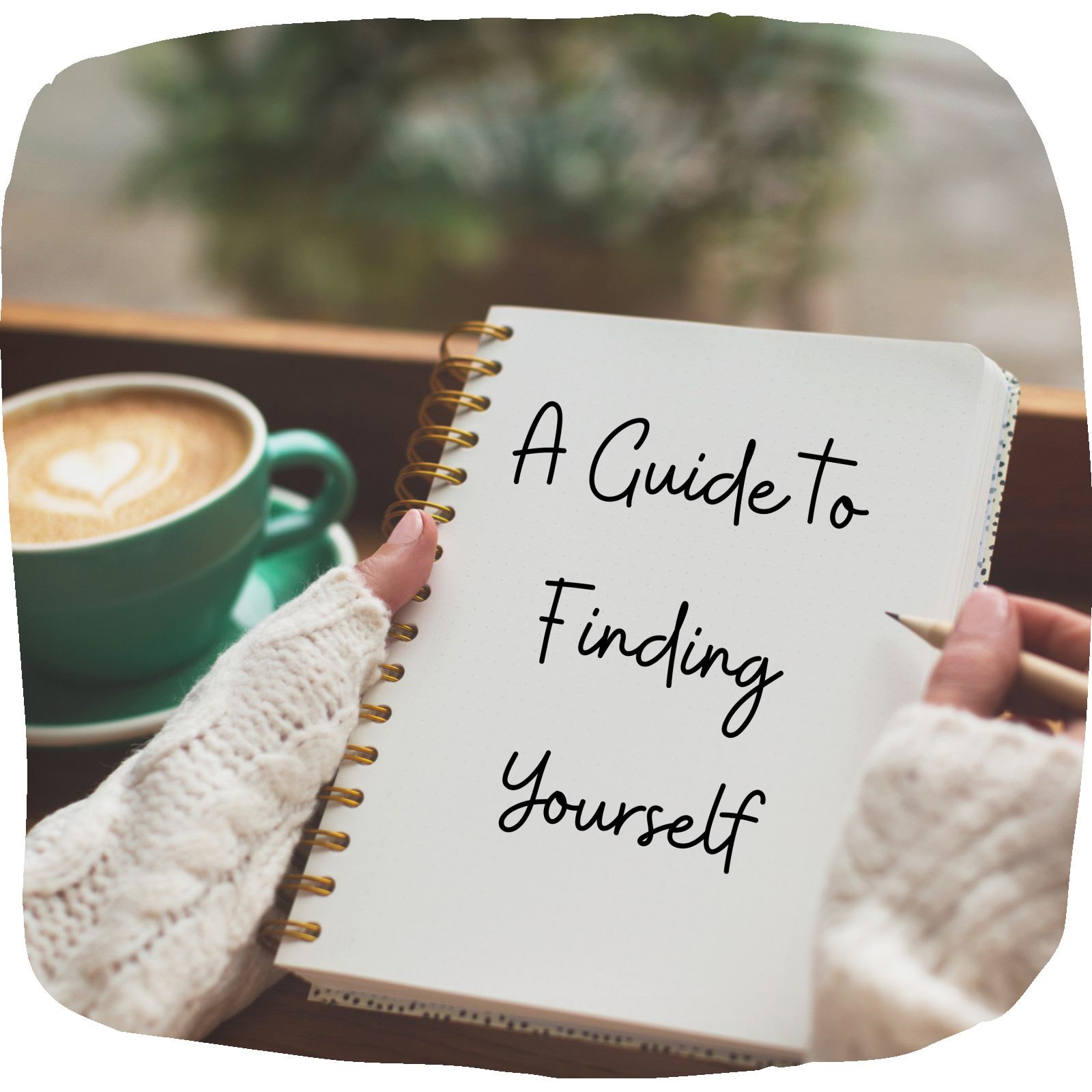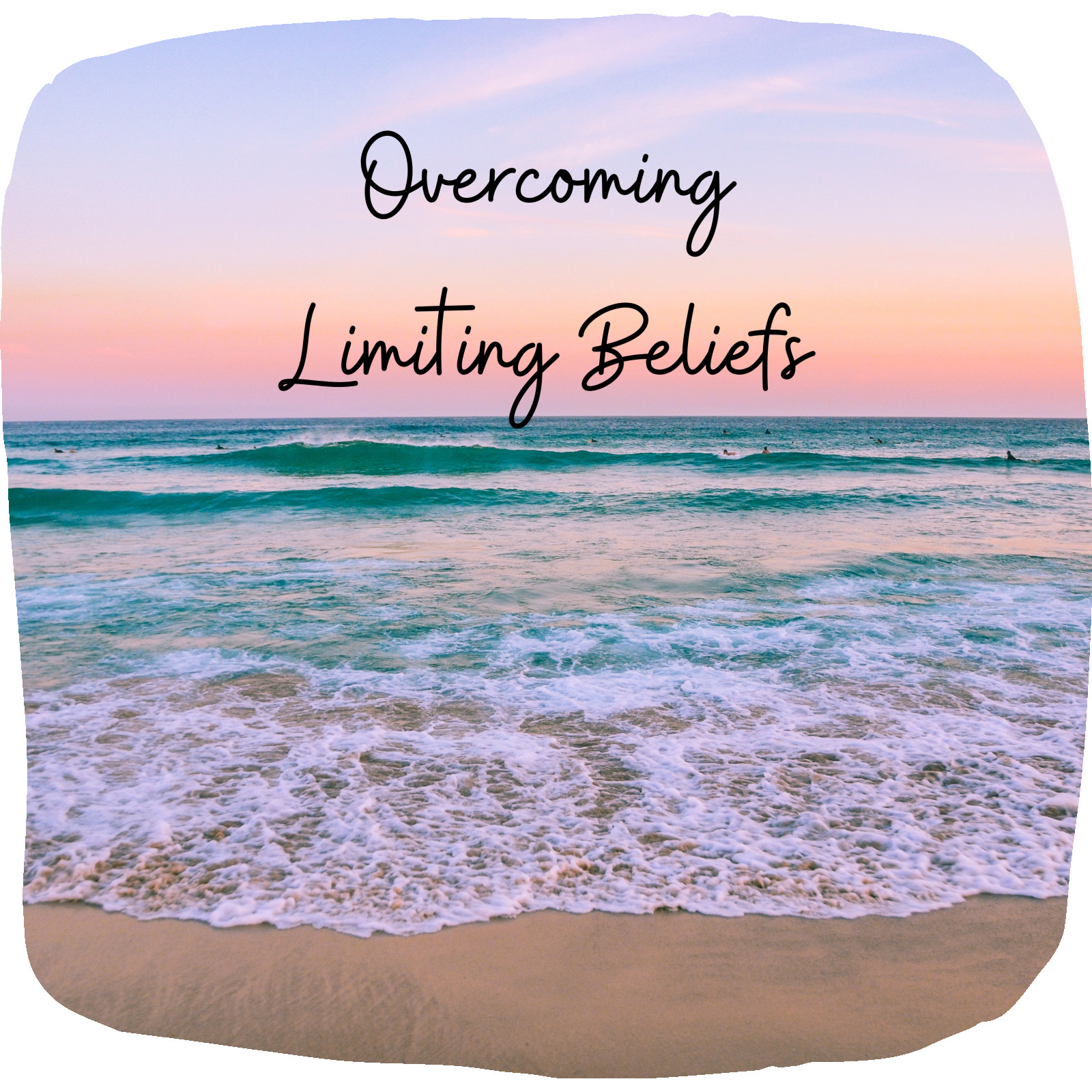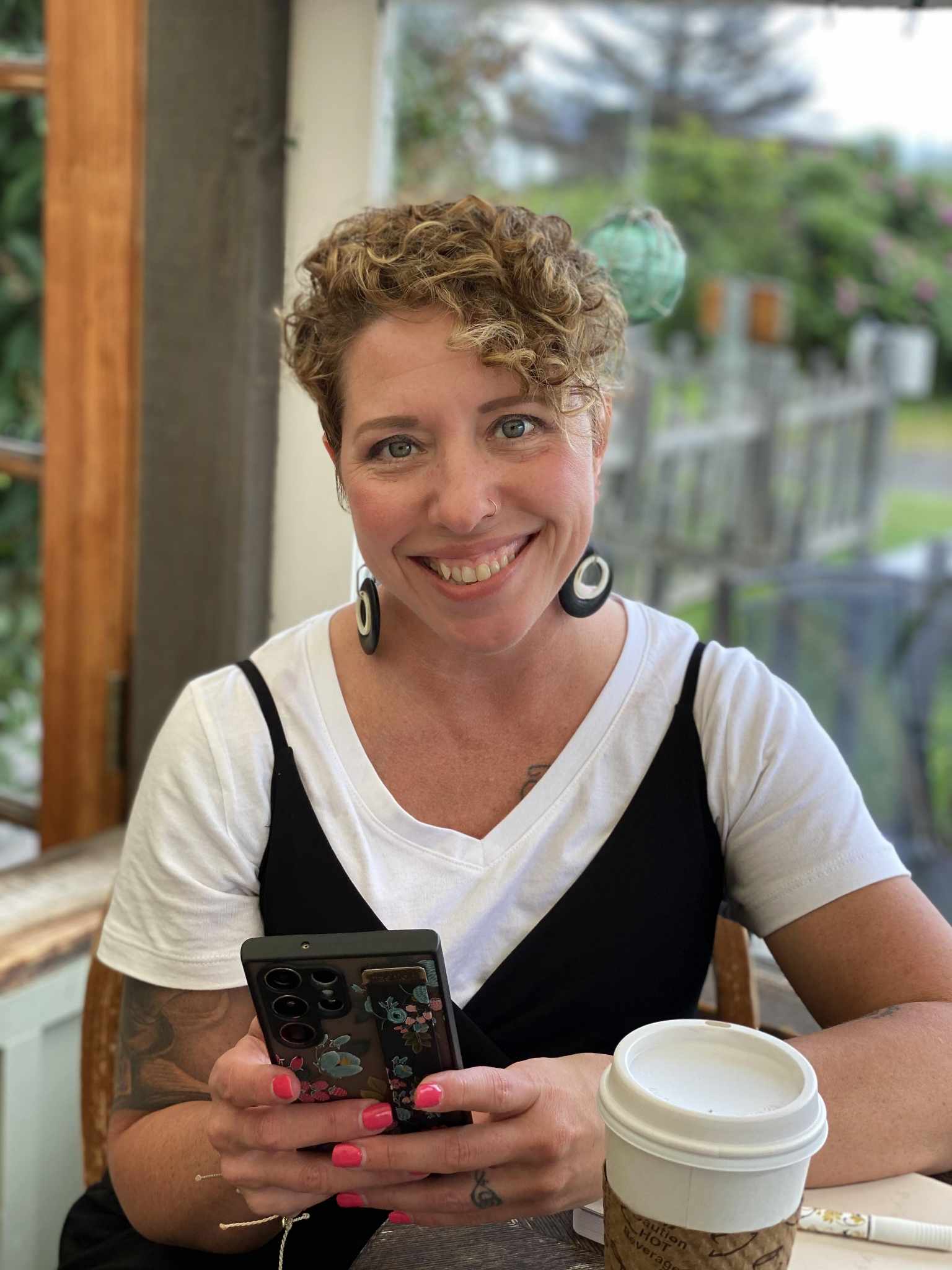
Let me start by saying, this has been one hell of a year.
I didn’t know how this year would unfold, but I knew who I was no longer willing to be.
So much change
So much growth.
So much clarity.
So much peace.
So much alignment.
Y'all, the person I am now compared to who I was when I entered this year...oh my goodness.
She saw this.
She knew better things were coming.
She knew she would end the year on a high note.
She knew listening to her intuition would pay off.
She knew God would guide her.
She didn't have all the answers.
She didn't have a solid plan.
She knew she didn't know so much.
But she did had faith.
I entered 2025 alone. Quietly, mindfully, intentionally. I prayed. I meditated. I journaled.
I chose my words that would guide me through the year.
Empowered and Held.
I listened to Lauren Daigle's "You Say" over and over. It became a guiding song for me.
Proverbs 31:25 became my guiding verse.
I didn't know just how much the way I entered the year would spill over into the rest of the months. I've learned to be quiet and listen. I've learned to be mindful of my thoughts and my actions. Towards myself and others. I've learned to live and act with intention.
I simply don't have the time or energy to put toward things that aren't meant for me. Toward things that will threaten the inner peace I've found. Toward anything that leads me away from God rather than to Him. Toward anything that gets between me and my goals and dreams. Toward anything that keeps me from living out my purpose. And toward anything that makes me doubt myself.
All of this brought me to two simple words that shaped everything for me this year.
Empowered.
To stand up for myself.
To choose where I put my energy.
To stay true to me.
To be positive in a world so full of negativity.
To say no to anyone who threatens my peace.
To walk away from what doesn't add value to my life.
To live my life as God has intended.
Held.
By God. He's never let me fall and He never will.
By family, who have never let me forget who I am. Who always are there to support and encourage me.
By friends who love me and accept me as I am. Who cheer with me and at times have cried with me.
By me. My words are always the loudest in my mind. Learning to hold myself. Allowing myself to feel all the emotions, good and bad. Learning to flip the script and reminding myself of my value and my worth and that God put me here for a reason. He's allowed me to go through what I have for a reason. He's got big plans for me. And so I learned to hold myself gently and through His eyes. (That last one will be a forever, ongoing process.)
I can honestly say 2025 has been one of the best, if not THE best year of my life. I've learned so much about myself. I'm proud of myself. I've learned to love who I am. I've learned to love time spent alone. I've learned to trust myself again. And I've learned to believe in myself.
2026, you've got some big shoes to fill. But I know it's only up from here and I can't wait.
Choosing a Word of the Year changed everything for me.
I didn’t have a full plan — but I had words that grounded me, guided me, and reminded me who I was becoming.
If you’d like help discovering your guiding word for the year ahead, I created a free Word of the Year Workbook to walk you through that exact process — gently, intentionally, and with purpose.
👉 Download the free workbook here and begin your own journey: Begin with your Word
xoxo Angela

Counting my blessings one by one.
Let 30 days of thankfulness begin!
And let me just say, limiting to 30 is going to be a challenge this year. Which may seem a little over the top considering the year I've had. But I can honestly say so much goodness has happened this year.
I chose to end 2024 and begin 2025 in a way that I never have before. In a way I never even considered. I chose to stay home alone, (well me and the dogs). I needed quiet and calm. I needed to hear what was trying to be spoken to me. I needed direction. And this was the only way I knew to get it. I moved out of 2024 and into 2025 quietly, mindfully, and intentionally. I spent the evening meditating and journaling.
I left 2024 feeling lost and confused. I entered 2025 with some clarity and peace.
That shift didn’t happen overnight — it was the beginning of a slow awakening, one that would stretch and strengthen me in ways I didn’t see coming.
The next couple months would prove to be hard, full of emotions, and learning to set hard boundaries with those I love most. I knew this was going to be key this year.
I was tired. So tired of fighting and filling others cups without having my own filled. I was tired of giving more of myself than I had to give. I had lost myself, set my values aside, and walked away from God. I finally recognized this and needed to fix it desperately. And so I chose to begin the new year with all of this in mind, ready to listen and be led.
And you know what? I found peace. Like I said, the first couple months to get to that peace were a wild ride. But I stuck with it. I continued to lean in and be led. That would become the theme for my year.
There was so much uncertainty. But I trusted. I lived by faith like I always had before. I began to trust me and my instincts again, knowing this wasn't random. It was Divine guidance.
So, here I am. Ready to share so much of the goodness with you in the month of November. Why? Because I can! 😊 And who doesn't want a daily dose of positivity and gratitude? (If you're one who doesn't for some reason, you should probably block me in all areas for the next month, if not for forever. Just sayin.)
If you’ve been walking through your own season of uncertainty, I hope you’ll join me this month in counting blessings — big or small. Sometimes gratitude is what carries us home. If this year has taught me anything, it’s that peace isn’t found in perfection — it’s found in presence.
Oh and if you aren't already following me on social media, make sure you do that now so you get all the goodness in your feed! 👉 Follow me on Facebook for daily gratitude, encouragement, and little glimpses of my journey.
And stay tuned. I'll share more about my year, including the words, scripture, and song that held my hands and guided me through the year later next month.
xoxo Angela
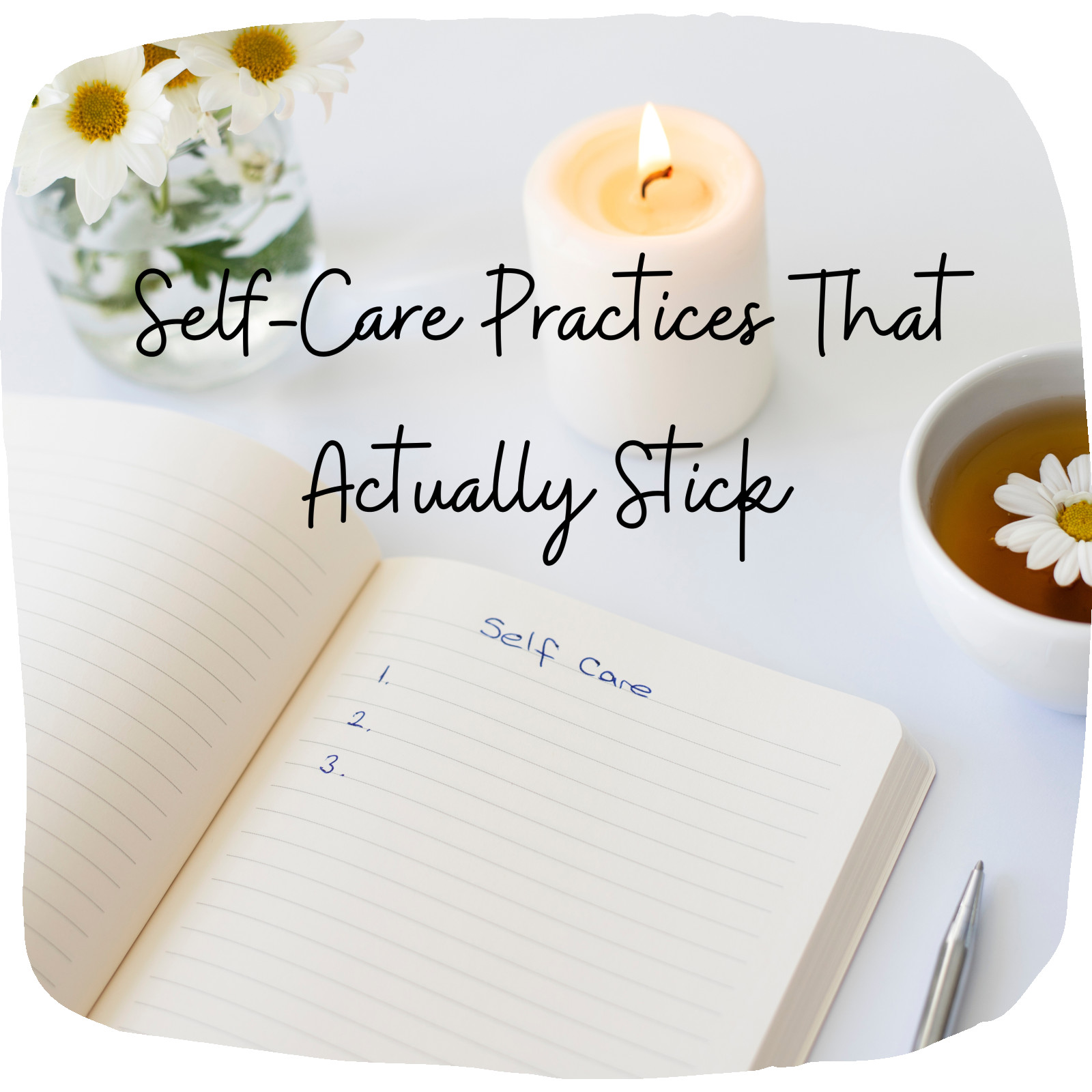
Picture this: It’s another chaotic day. Between juggling work deadlines, family responsibilities, and the never-ending list of “to-dos,” self-care somehow lands at the very bottom of your priority list (again). Sound familiar? You’re not alone.
But here’s the real talk. Self-care isn’t about spa days and bubble baths (though those are fabulous too). It’s about creating simple, sustainable practices that fit into your life—not a version of life where you magically have three extra hours a day.
If you’re ready to turn self-care into a guilt-free, non-negotiable part of your routine, keep reading. I’ve rounded up five practical self-care practices that not only stick but also make you feel like your absolute best self—even on your busiest days.
Why Self-Care Needs to Be Non-Negotiable
Before we get into the practices, let’s address the elephant in the room. The term "self-care" often feels indulgent or like a luxury for when you have “extra time.” (Spoiler alert: That time doesn’t exist.) But here’s the truth. When you take care of yourself, you show up better for EVERYTHING else. It isn’t selfish; it’s essential. Think of self-care as charging your internal battery so you have the energy to power through life’s demands without running on fumes.
Okay, pep talk over. Time for actionable steps.
1. Morning Rituals That Take 5 Minutes or Less
You don’t need to wake up at 5 a.m. to have a life-changing morning ritual. (Bless those who do, but for the rest of us nighttime scrollers, this one’s for you.)
Start your day with one small act that sets the tone.
- Gratitude Joyride: Write down one thing you’re thankful for—even if it’s just your coffee.
- Body Reset: A quick stretch, three deep breaths, or a glass of water can work wonders.
- Affirmation Pep Talk: Remind yourself, “I’ve got this!” because you DO.
Tiny rituals have a domino effect. They’re like a subtle nod to yourself saying, “I care about you,” and they often lead to making better choices throughout the day.
2. Move in Ways That Feel Good, Not Punishing
Exercise isn’t just about looking good in your leggings (though, hey, bonus). It’s about connecting with your body and giving it the love it deserves. But here’s the secret sauce to making movement stick: Do what feels GOOD.
- Hate running? Don’t run.
- Love dancing in your kitchen? Blast your favorite playlist and go wild.
- Feel stiff after sitting all day? Try yoga or take a 10-minute walk.
The goal isn’t a grueling workout; it’s about finding ways to move that make you smile. Your body isn’t the enemy, and moving it should feel like an act of joy—not punishment.
3. Nourish Yourself Without the Diet Drama
Food is fuel, friend. But if diets have burned you out in the past (hello, constant guilt trips and rebound eating), then it’s time for a reset.
Revamp how you think about “healthy eating” with balance, not perfection.
- Prep but Keep It Simple: Wash and chop some veggies to have them ready for snacking or quick meals, but skip the Pinterest-worthy meal prep drama.
- Mindful Choices: If you’re grabbing takeout, can you add a veggie or swap soda for water (or maybe even a green tea)? Small swaps add up.
- Soul Food: Leave room for the chocolate or chips you genuinely love. All foods can fit without the side of shame.
And if nourishing your body feels overwhelming, start small. One better meal today is a win.
4. Create Micro Boundaries and Say No
Raise your hand if you’re a bit of a “yes” person (I see you, overachievers). Here’s a mantra for you to adopt ASAP: Every “yes” to someone else is a “no” to something for yourself.
Practice setting boundaries like a pro with these tips:
- Use Polite No’s: Saying, “Thanks for thinking of me, but I can't this time,” is perfectly fine.
- Schedule Your Own Time: Block your calendar for YOU—even if you spend it lying on the couch watching Netflix.
- Put Down Your Phone: Unplugging from endless notifications = top-tier energy saver.
Boundaries are like invisible shields that protect your time, energy, and sanity. Start with small ones, and watch your life transform.
5. Find Your Community
Here’s the deal. Life is far less overwhelming when you have people around who “get it.” Whether it’s friends who lift you up, an online group of like-minded souls, or even a random coffee shop crew, having a community makes self-care feel less lonely.
Ideas to Build Your Circle:
- Join local hobby groups or fitness classes (spin class buddy, anyone?).
- Look for online communities that align with your values and interests.
- Text a friend out of the blue and make plans.
People who support your well-being make everything easier. Don’t underestimate the power of connection.
Make These Practices Yours
The beauty of self-care is that it’s deeply personal. What works for me might not work for you, and that’s okay. The trick isn’t perfection; it’s progress. Choose one of these five practices, start small, and see how it feels. Self-care is a practice, not a final destination.
And when life inevitably gets busy (because it will), remember this. You’re worth the effort. The world needs your best self—not your burnout self. Take the nap, eat the chocolate, and live boldly on your terms.
Want to explore more ways to thrive? Subscribe to my newsletter, The Life You Deserve, for more practical tips and affirming advice. Together, we’ve got this.
xoxo Angela

Hey love,
Can we take a moment to chat about something super important? YOU. Yep, you. When’s the last time you did something kind for yourself? Not for your family, not for work, not for anyone else—but just for you. If you can’t remember, don’t worry. You’re not alone.
Life gets busy. We pour ourselves into everyone and everything, and somehow, we forget to fill ourselves back up. But here’s the thing about self-kindness—it doesn’t need to be grand or complicated. Sometimes the smallest, simplest acts can carry the biggest impact. They remind us that we matter, too.
Here are five small yet mighty ways you can start showing yourself some love today.
1. How You Speak to Yourself Matters
Would you tell your best friend she’s not good enough? Exactly. But how often do we say those cruel things to ourselves? It’s time to flip the script, my friend. Start practicing affirmations. Stand in front of the mirror, look yourself in the eyes, and say something supportive.
Try this on for size: “I am enough, exactly as I am today.”
It might feel awkward at first (trust me, I’ve been there!), but stick with it. Words hold power, and when you speak love over yourself, you begin to believe it.
2. Fuel Your Body with Love
What you eat matters. And no, I’m not here to tell you to give up chocolate forever (because, girl, that’s not living). But I am telling you that what you choose to fuel your body with affects your energy, mood, and overall health.
Think of nourishing your body as an ultimate act of love. Choose foods that energize you and make you feel amazing. Whole, fresh, and vibrant foods do more than just feed your hunger; they fuel your life. And here’s the truth, friend: you’re worth the effort. Your entire being will thank you.
3. Move Your Body in a Way That Feels Good
Movement isn’t about punishment or chasing a perfect body. It’s about celebrating what your body can do. Do you love lifting weights and feeling strong? Great! Maybe yoga brings you peace or dancing makes you come alive? Amazing! Even a simple walk outside can breathe life into your day.
The key is finding what lights you up and doing that. Your body is your home, so make it a joyful place to live.
4. Step Outside and Breathe
This one’s so simple, but so underrated. Just step outside, close your eyes, and take a big, deep, fresh breath. Feel the sun (or drizzle, we’ll take what we can get), listen to the birds, and just be.
Fresh air is like a reset button for your mind and body. Even just a few minutes outside can change your energy, lighten your mood, and make you feel alive again. Try it and thank me later.
5. Make Time for You (Yes, YOU!)
This might be the hardest one, especially if you’re used to putting everyone else first. But hear me out. You cannot give your best to others if you’re running on empty. Take five minutes a day just for you.
Check in with yourself. How are you feeling? What do you need? Journal it out, meditate, pray, or just sit quietly with a cup of tea. Whatever helps you reconnect with yourself, do that. Start small if you have to, but don’t skip this one. You deserve this time.
Start Your Journey to Wellness
These acts may seem small, but together, they create big, beautiful changes. When you treat yourself with kindness, you start showing up for life in a whole new way. And if you’re ready to take things to the next level, I’d love to invite you to join my Wellness Fusion Course.
This course is all about helping you unlock YOUR path to wellness. You’ll explore nutrition for mind-body balance, master meal planning, and discover ways to fuel not just your body but your life. It’s foundational, flexible, and designed to help you create a healthier, more balanced, and joyful life.
Everything you need is already within you, my friend. Sometimes it just takes a little guidance to bring it out. You’re more than capable of rewriting your story and stepping into the life you deserve.
💕 Are you ready? Join the Wellness Fusion Course today and get started on this beautiful, empowering path. Here’s to YOU and all the small steps that make a big difference. You’ve got this!
With so much love and cheering you on,
Angela

Hey there friend,
Have you ever tried to clean out a closet and found yourself sitting in the middle of the mess, surrounded by piles of forgotten items, wondering how it got this bad? That’s what growth feels like sometimes. It’s sitting in the chaos, knee-deep in the messy middle, questioning how you’ll get through it—but knowing you can’t stop now.
Growth isn’t clean or polished. It’s not this perfectly linear process where you check off a neat to-do list. Oh no, sister. Growth is glorious chaos. It’s painful, humbling, messy, and uncomfortable. I know because I’ve lived it.
I’ve walked through fire more times than I care to count and come out the other side stronger, wiser, and more me. The pain, the lessons, the heartbreak? They didn’t break me. They built me. And as much as it hurt, I can honestly say I am thankful for every single step of my messy, winding path.
Learning to Be Thankful for the Mess
Here’s the thing I’ve learned about messy growth. It doesn’t just happen to us. It shapes us. Every hard moment I’ve endured, every tear-stained night, every time I doubted my strength or questioned why God would put me in that situation—it was all part of something bigger.
I often say that I’m honored God trusted me to go through these things. He didn’t give me these battles because He wanted to hurt me; He gave them to me because He knew I’d grow through them. He saw something in me I didn’t yet see in myself.
Without those struggles, I wouldn’t be here now. I wouldn’t be the woman I am today. I wouldn’t have the compassion, the depth, or the ability to connect with other women who feel like the mess of their lives is too much to untangle. Every trial has prepared me to help others walk this same road.
And you know what? Looking back, I can see how every single painful moment led me closer to the life I’m meant to live, closer to the person I’m meant to be. If I hadn’t gone through those things, I wouldn’t be here, writing this for you, reminding you that your messy growth is beautiful too.
The Mess Is What Makes You
When you’re in the middle of it, messy growth doesn’t feel beautiful. It feels overwhelming. It feels heavy. It feels like you’ll never get it together. But listen to me closely, friend. The beauty of messy growth isn’t in its neatness (because ha, there’s no such thing). The beauty comes from what it reveals about you.
Messy growth shows you how strong you are. It forces you to reckon with yourself—to sit in your pain, your beliefs, your patterns, and decide what stays and what needs to go. It’s where your foundation gets rebuilt.
Think of it like planting a garden. The process is messy; you’re digging through dirt, breaking apart roots, maybe finding a few weeds you didn’t realize were choking your soil. But when it’s all said and done, you’ve created space for something beautiful to grow.
That space? That’s your life. Every messy struggle, every hard season, every pivot and stumble is preparing the soil for your next chapter.
You Are Not Alone in This
If you’re feeling lost in your own mess right now, I want you to know two things. First, you are not alone. Not even close. Second, the mess does not define you. It’s not who you are, and it’s not your future.
I’ve been where you are. I’ve felt stuck and broken and unsure of how to move forward. I’ve looked in the mirror and wondered who I even was anymore. But I promise you, this season of growth—even with all its pain and uncertainty—is shaping you.
One day, you’ll look back on this messy, wild, complicated chapter and realize that it wasn’t breaking you after all. It was making you. It was strengthening your voice, sharpening your boundaries, and grounding you in who you really are.
A Beautiful, Messy Reminder
God doesn’t waste anything. Not your tears, not your struggles, not your mess. He’s weaving all of it into a bigger, more beautiful story than you could ever imagine.
It’s okay if it feels hard right now. It’s okay to take it one moment at a time. But don’t you dare give up. You are creating the life you were made for, and the mess is proof that you’re growing. There’s no need to rush or force neatness on this process.
You are in the middle of something beautiful. I see it, and I hope, at least for today, you can see a glimpse of it too.
You’ve got this, friend. And if you’re sitting in the middle of your mess, wondering how to move forward, know that I’m here for you. Reach out if you want to share your story—I’d be honored to hear it.
With love and belief in you,
Angela
P.S. It’s never too late to set the tone for your year! Grab my free Word of the Year Workbook and choose a word that will guide and empower you through this season of your life. The best time to start is right now!
